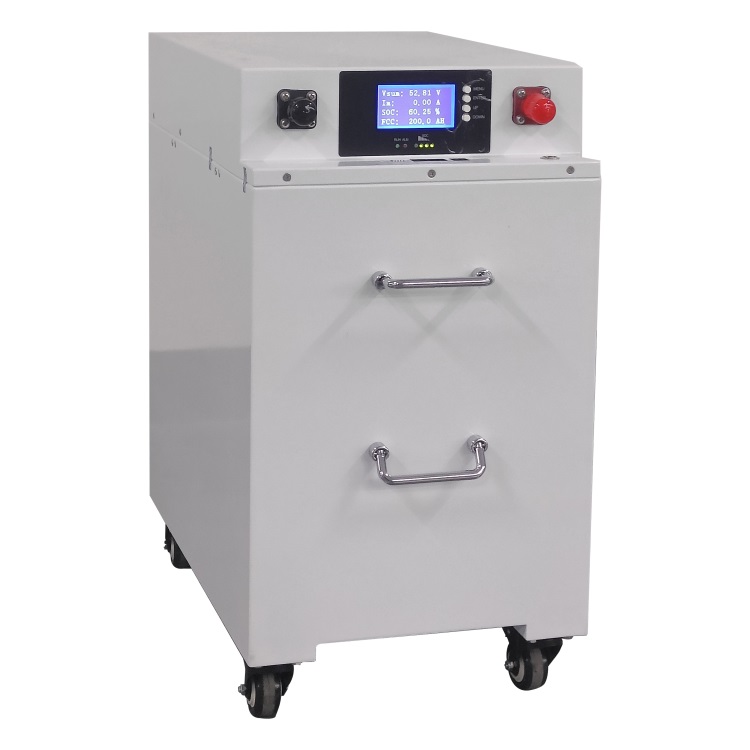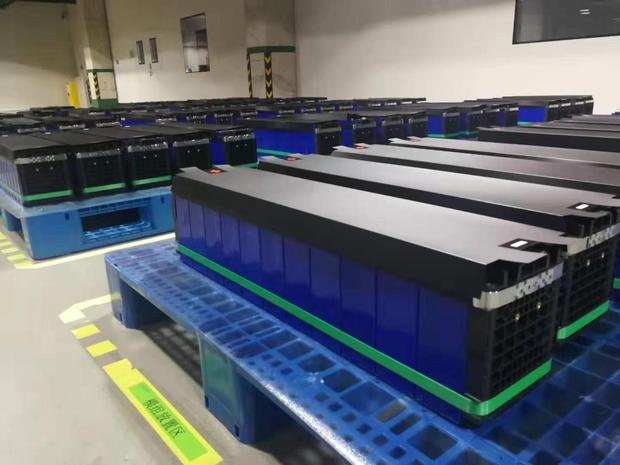Household energy storage lithium batteries mainly include square lithium batteries, soft pack lithium batteries and cylindrical lithium batteries. The capacity of the battery cell is 50Ah-100Ah for the square, 30Ah-80Ah for the soft pack, and 10Ah-50Ah for the cylinder.
Judging from the products on the market, the charging capacity of household energy storage systems is generally between 5-35KWh, of which 10-20KWh is the most common.
Although the price of lithium carbonate has dropped to 200,000 yuan/ton. But in a system, the battery cell is still the core, accounting for about 50% of the cost. Household energy storage lithium batteries mainly include square, soft pack and cylinder. The capacity of the battery cell is 50Ah-100Ah for the square, 30Ah-80Ah for the soft pack, and 10Ah-50Ah for the cylinder.
Household energy storage is a typical C-end product. When choosing a product, end users not only consider the cost performance of the product, but also consider factors such as lifespan, function and brand. The analysis of Gaogong Energy Storage believes that companies with outstanding capabilities in products or brands, such as BYD and Xinnengan, will continue to perform strongly in the household energy storage track.

From the perspective of entrants, most domestic household energy storage lithium battery companies enter the household energy storage market from other fields, such as Ningde Times and BYD from power batteries and power energy storage batteries. Can safely cut in from the medium-sized lithium battery. Household energy storage has become a key competition track for various lithium battery industries.
Portable energy storage extends to household energy storage
At present, the boundary between household energy storage and portable energy storage between 2KWh and 8KWh will gradually blur, and the degree of integration between the two will continue to increase.
In the past, household energy storage was basically concentrated in the range of 5-15KWh, and the power of portable energy storage products was mostly concentrated in products below 1.5KWh. The supply of power products in the range of 2KWh to 8KWh was not well satisfied.
According to Gaogong Energy Storage, since 2022, some portable energy storage companies have begun to extend to household energy storage. For example, Huabao Xinneng has launched household energy storage products; and Paineng Technology has also launched portable energy storage products. The portable energy storage track has been involved by giants such as Xiaomi, Ningde Times, and Bulls, and product involution has become more and more obvious.
Research shows that 6KWh portable energy storage products on the market can achieve a system capacity of more than 20KWh through plug-and-play and modular series-parallel connection. Among them, a number of leading portable energy storage companies are accelerating their cross-border entry into household energy storage scenarios. Household energy storage companies will also enter the portable energy storage market based on the consideration of system ecological layout and product supply capabilities. In the future, the two The boundaries between products will become increasingly blurred.
The functional trend of household energy storage lithium batteries is obvious
Facing the demand for flexible and intelligent household energy storage, the design capability of household energy storage batteries is getting stronger.
Household energy storage, as a small energy storage battery, seems to focus on storage, but subsequent battery management and whole-house energy deployment are equally important. Therefore, the core competitiveness of household energy storage batteries is product design capabilities.
In the design of energy storage battery products, it is mainly the adaptation with energy storage inverters (countries/regions have different requirements) and customized product design according to customer needs.
For example, the BMS (battery management system) in the energy storage system needs to be adapted to the energy storage inverter. The energy storage inverter controller communicates with the BMS through the CAN interface to obtain the status information of the battery pack, which can realize the protection of the battery. Charge and discharge to ensure the safe operation of the battery.
Among them, the energy storage BMS must have the function of real-time monitoring of battery voltage, current, and temperature, and then realize the calculation of SOC, SOH and other battery states, so as to realize the functions of battery balance management, thermal management, and fault alarm.
In 2022, thanks to the outbreak of overseas household energy storage demand, the supply of 50Ah-based household energy storage lithium battery products will be in short supply, and battery cell companies will accelerate capacity expansion. Veteran battery storage companies such as Paineng Technology, Xinnengan and Ruipu Lanjun are the main force for expansion.
As the household storage industry is in a period of rapid growth, with incremental market penetration as the main focus, the frontal competition among enterprises is not yet fierce.

Three major lithium battery cell routes compete
Judging from the current global household energy storage lithium battery technology route, there are three main categories: cylindrical ternary lithium-lithium system, square iron-lithium system and soft-packed iron-lithium system.
Among them, the cylindrical ternary lithium-lithium system is mainly used by LG and Samsung SDI, and the main user is Tesla of the United States. Tesla's first-generation powerwall uses ternary lithium cylindrical 18650 batteries, and the second-generation product is upgraded to ternary lithium-lithium cylindrical 21700 batteries. At the same time, based on greater space for cost reduction and efficiency improvement, some domestic brands are also exploring the application possibility of the 4X series large cylinder household storage system. In view of the maturity of the cylindrical battery industry chain and the brand influence of Japanese and Korean companies, the cylindrical ternary lithium/iron-lithium system will still be one of the mainstream routes for household storage of lithium batteries for some time to come.
The advantages of the square iron-lithium route are reflected in the small space occupation, high material stability, and high cost performance. Considering that domestic power batteries generally use square iron lithium, the production cost of square iron lithium can be minimized by using power and energy storage in parallel. Representative companies are mainly CATL, BYD and Ruipu Energy in China. With the strong promotion of domestic enterprises, the proportion of the square iron lithium route in the global household storage market is expected to increase in the future.
The advantages of the soft-pack lithium iron route are mainly reflected in safety, cycle life, energy density, etc., but the soft-pack manufacturing process is difficult and the production line efficiency is not as good as that of cylindrical and square batteries, so fewer players adopt this route. Representative companies include domestic Paineng Technology and ATL. The cycle life of Paineng Technology's soft-packed batteries can reach 10,000 times @ 0.5C, and the energy density is higher than 175Wh/kg. Compared with the traditional cylindrical ternary lithium system, its cost of electricity has a lower lower limit.
From the perspective of battery product packaging, cylindrical, square and soft packages have their own advantages and disadvantages in the household energy storage market, and each has its own space in the household storage market.
50Ah and below small batteries are still the mainstream
Compared with "big" batteries for power storage, household energy storage is dominated by "small" batteries.
Smaller single cell capacity can improve the adaptability of the battery and make the module form and charging capacity more diverse. It can match household storage and portable energy storage systems with different charges.
In terms of monomer capacity, the capacity of a large cylinder is 10Ah-50Ah, a square is 50Ah-300Ah, and a soft bag is 30Ah-80Ah. Small-capacity batteries below 100Ah still have a long application life cycle in the field of household storage.
Next:Understand why Tesla electric vehicles are so powerful? Look at its battery system.
Previous:Winston Battery 400Ah & 700Ah LiFeYPO4 cells To the USA
Contact Person: Miss. Elsa Liu
| WhatsApp : | +8617763274209 |
|---|---|
| Skype : | +8617763274209 |
| WeChat : | 17763274209 |
| Email : | Elsa@lifepo4-battery.com |